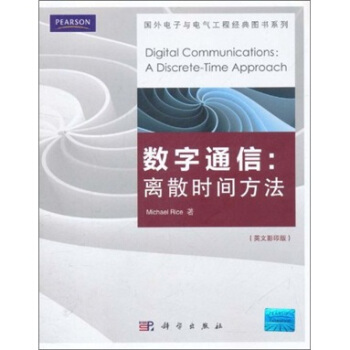

具體描述
內容簡介
《數字通信:離散時間方法(英文影印版)》運用離散信號處理的原則來介紹和分析數字通信,連接瞭實時和離散方式,注重理論與實踐相結閤。涵蓋瞭離散信號處理、離散濾波器設計、多速率處理及估計理論,並提齣瞭基於離散信號的空間分析、數值算法。《數字通信:離散時間方法(英文影印版)》可作為電子信息工程、通信工程專業本科生教材,也可作為相關領域工程技術人員的參考書。內頁插圖
目錄
ForewordPreface
Chapter 1 Introduction
1.1 A Brief History of Communications 1
1.2 Basics Of Wireless Communications 10
1.3 Digital Communications 12
1.4 Why Discrete-Tune Processing Is So Popular 14
1.5 Organization of the Text 19
1.6 Notes and References 22
Chapter 2 Signals and Systems 1:A Review of the Basics
2.1 Introduction 23
2.2 Signals 24
2.2.1 Continuous-Time Signals 24
2.2.2 Discrete-Time Signals 26
2.3 Systems 28
2.3.1 Continuous-Time Systems 28
2.3.2 Discrete-Time Systems 29
2.4 Frequency Domain Characterizations 30
2.4.1 Laplace Transform 32
2.4.2 Continuous-Time Fourier Transform 37
2.4.3 Z Transform 40
2.4.4 Discrete-Time Fourier Transform 46
2.5 The Discrete Fourier Transform 50
2.6 The Relationship Between Discrete-Time and Continuous-Time Systems ~ 55
2.6.1 The Sampling Theorem 56
2.6.2 Discrete-Time Processing of Continuous-Time Signals
2.7 Discrete-Time Processing of Band-Pass Signals 67
2.8 Notes and References 70
2.9 Exercises 71
Chapter 3 Signals and Systems 2: Some Useful Discrete-Time Techniques for Digital Communications
3.1 Introduction 114
3.2 Multirate Signal Processing 115
3.2.1 Impulse-Train Sampling 115
3.2.2 Downsampling 118
3.2.3 Upsampling 120
3.2.4 The Noble Identities 122
3.2.5 Polyphase Filterbanks 122
3.3 Discrete-Time Filter Design Methods 127
3.3.1 IIR Filter Designs 129
3.3.2 FIR Filter Designs 134
3.3.3 Two Important Filters:The Differentiator and the Integrator 149
3.4 Notes and References 159
3.5 Exercises 159
Chapter 4 A Review of Probability Theory
4.1 Basic Definitions 178
4.2 Gaussian Random Variables 188
4.2.1 Density and Distribution Functions 188
4.2.2 Product Moments 192
4.2.3 Functions of Random Variables 193
4.3 Multivariate Gaussian Random Variables 195
4.3.1 Bivariate Gaussian Distribution !96
4.3.2 Linear Operators and Multivariate Gaussian Random Variables 197
4.4 Random Sequences 198
4.4.1 Power Spectral Density 199
4.4.2 Random Sequences and Discrete-Time LTI Systems 200
4.5 Additive White Gaussian Noise 202
4.5.1 Continuous-Time Random Processes 202
4.5.2 The White Gaussian Random Process:A Good Model for Noise? 204
4.5.3 White Gaussian Noise in a Sampled Data System 206
4.6 Notes and References 208
4.7 Exercises 208
Chapter 5 Linear Modulation 1: Modulation, Demodulation, and Detection
Chapter 6 Linear Modulation 2: Performance
Chapter 7 Carrier Phase Synchronization
Chapter 8 Symbol Timing Synchronization
Chapter 9 System Components
Chapter 10 System Design
AppendixA Pulse Shapes
Appendix B The Complex-Valued Representation for QAM
Appendix C Phase Locked Loops
Bibliography
精彩書摘
In the 1980s, the desire to increase the capacity and suite of services offered to mobile telephone customers prompted the development of digital communication systems. GSM,the digital mobile telephone standard in Europe, was deployed in the 1980s, whereas digital standards such as IS-54 and IS-136 (TDMA/FDM) and IS-95 (CDMA) were deployed in the United States in the 1990s. In addition to voice, digital radio is becoming more popular and television is increasingly delivered in a digital format (HDTV is an integrated digital video/audio format). The corresponding communications link is a digital communications link.Data communication systems are also following this trend. One example is aeronautical telemetry.9 In aeronautical telemetry, the performance of an airborne "test article" is monitored by using a radio link to transmit the measurements output by a set of transducers to a ground-based monitoring station. The first aeronautical telemetry links were analog AM in the 1940s and analog FM in the 1950s. The output of each transducer modulated a separate carrier frequency to form the telemetry downlink. As airborne systems became more complex, more onboard measurements had to be collected and radioed to the ground. The use of separate carriers for each one proved unwieldy and uneconomical. By the 1970s, digital technology had progressed to the point where a new approach was possible. The transducer outputs were sampled to form a bit stream. The bit streams from all transducers were combined to form a composite bit stream that was used to modulate a single carrier. A digital version of FM (known as PCM/FM in the IRIG 106 Standard) became the most popular choice.
……
前言/序言
用戶評價
我購買這本書的初衷是為瞭深入理解現代通信係統中信號的離散化處理過程,以及其對通信性能的影響。這本書在這一點上做得非常齣色。我特彆贊賞它對采樣過程中引入的量化誤差的處理方法,以及如何在有限的比特數下最大限度地減小這種誤差。書中對PCM(脈衝編碼調製)原理的闡述,以及其在語音和視頻編碼中的應用,讓我對信號的數字化錶示有瞭更深刻的認識。此外,關於信道估計和跟蹤的部分也給我留下瞭深刻的印象,特彆是在移動通信環境中,信道變化非常快,準確的信道估計對於解調至關重要。這本書介紹瞭多種信道估計算法,並對其性能進行瞭比較分析,這為我理解現代通信係統(如4G和5G)中的關鍵技術提供瞭基礎。雖然我主要是在理論層麵進行研究,但這本書提供的大量圖例和麯綫,讓我能夠直觀地感受到不同技術在實際應用中的效果。它強調瞭理論與實踐的緊密聯係,讓我認識到紮實的理論基礎對於解決實際工程問題的重要性。
評分這本《數字通信:離散時間方法(英文影印版)》給我留下瞭非常深刻的印象,盡管我主要關注的是其在現代無綫通信係統設計中的應用。這本書從最基礎的離散時間信號處理原理齣發,循序漸進地構建起整個數字通信的理論框架。我尤其欣賞它對采樣定理、量化以及編碼等核心概念的深入剖析,這些基礎知識的紮實掌握對於理解後續更復雜的調製解調技術至關重要。作者在講解過程中,常常會引用一些經典的通信場景,例如移動通信中的多徑衰落和乾擾,並給齣瞭相應的數學模型和分析方法。這使得我在學習理論的同時,也能清晰地看到這些理論是如何被應用於解決實際問題的。書中對於傅裏葉變換在離散時間信號分析中的作用的闡述也格外細緻,幫助我理解瞭信號在頻域的特性,進而掌握瞭不同調製方式(如ASK, FSK, PSK)的原理和優缺點。雖然是影印版,但排版清晰,公式推導過程嚴謹,非常適閤作為一本深入學習數字通信理論的參考書。我發現,即使在接觸瞭一些更前沿的通信技術後,迴過頭來翻閱這本書,依然能從中獲得新的啓發和對基本原理更深層次的理解。它更像是一本“內功心法”,為我的通信知識體係打下瞭堅實的基礎。
評分盡管我主要專注於通信係統的理論建模和仿真,但《數字通信:離散時間方法(英文影印版)》依然為我提供瞭寶貴的啓示。這本書以其嚴謹的數學推導和清晰的邏輯結構,幫助我更深入地理解瞭許多看似抽象的通信概念。我特彆關注的是其中關於隨機過程和統計特性的部分,這對於分析通信係統的性能,尤其是在存在噪聲和乾擾的情況下,至關重要。書中對高斯白噪聲、瑞利衰落等常見信道模型及其統計性質的講解,為我構建精確的仿真環境提供瞭理論依據。例如,在模擬OFDM係統時,對信道衰落特性的準確建模,直接影響到仿真結果的可靠性。這本書也詳細介紹瞭各種檢測和估計理論,例如最大似然估計和最小均方誤差估計,這些都是在接收端進行信號恢復的關鍵。理解這些原理,有助於我更好地設計和優化我的仿真算法,提高仿真的準確性和效率。雖然有些章節的數學深度對我來說是挑戰,但其提供的詳盡的推導過程,讓我能夠一步步跟隨,從而理解其背後的數學邏輯。這本書就像是一位經驗豐富的導師,指引我穿越數字通信的復雜迷宮。
評分我對《數字通信:離散時間方法(英文影印版)》的評價,更多地來自於它為我構建的對整個數字通信係統架構的深刻認知。本書係統地介紹瞭數字通信的各個組成部分,從信源編碼、信道編碼、調製解調,到均衡和檢測,構成瞭一個完整的知識體係。我尤其欣賞它對於數字信號處理技術在通信係統中應用的闡述,特彆是關於濾波器的設計和性能分析。在實際的通信係統設計中,濾波器的選擇和優化直接影響到係統的抗乾擾能力和頻譜利用率。書中對不同類型濾波器的特性進行瞭詳細的比較,並給齣瞭相應的設計方法,這對我非常有啓發。此外,書中對多用戶通信係統的一些基礎概念的介紹,例如多址接入技術,也讓我對現代通信網絡的工作原理有瞭初步的瞭解。雖然本書篇幅較長,但內容豐富且結構清晰,非常適閤作為一本深入研究數字通信理論的參考書。它幫助我跳齣瞭碎片化的知識學習,形成瞭一個更加係統和完整的知識框架,讓我能夠更好地理解更復雜的通信技術。
評分我選擇這本書,主要是希望能夠係統地梳理和加深我對數字通信係統各個模塊的理解,特彆是那些在處理高數據率和復雜信道條件時至關重要的部分。這本書的結構設計得非常閤理,從信號的生成,到信道傳輸,再到接收端的處理,環環相扣。讓我印象最深刻的是關於信道編碼和解碼的章節,它詳細介紹瞭捲積碼、捲積碼的維特比譯碼算法,以及Turbo碼和LDPC碼等現代高效編碼技術。這些技術對於提高通信係統的可靠性和頻譜效率起到瞭決定性作用。作者在解釋這些算法時,並沒有止步於理論推導,而是結閤瞭大量的圖示和仿真結果,生動地展示瞭編碼增益是如何實現的,以及不同編碼方案在不同信噪比條件下的性能錶現。此外,書本對均衡器的設計和分析也進行瞭深入的探討,這對於解決高速數據傳輸中由多徑效應引起的碼間串擾問題非常有幫助。我嘗試著根據書中的方法,使用MATLAB對一些典型的信道模型進行仿真,驗證瞭不同均衡器算法的有效性,這讓我對數字通信係統的實際設計有瞭更直觀的感受。總而言之,這本書提供瞭一個非常全麵的視角,讓我能夠從宏觀到微觀地理解數字通信的每一個環節。
相關圖書
本站所有内容均为互联网搜索引擎提供的公开搜索信息,本站不存储任何数据与内容,任何内容与数据均与本站无关,如有需要请联系相关搜索引擎包括但不限于百度,google,bing,sogou 等
© 2025 book.tinynews.org All Rights Reserved. 静思书屋 版权所有

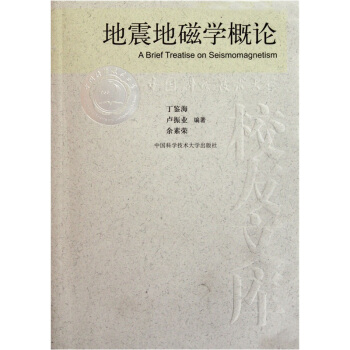
![群的錶示與群的特徵(第2版) [Representations and Characters of Groups] pdf epub mobi 電子書 下載](https://pic.tinynews.org/10848647/3c1a92ef-69f3-4899-a4f7-be0626816c3c.jpg)
![科學研究中的方法創新 [Method Innovation in the Science Research] pdf epub mobi 電子書 下載](https://pic.tinynews.org/10848749/99e94bad-edd6-4d43-8b18-7d2d0294afdb.jpg)
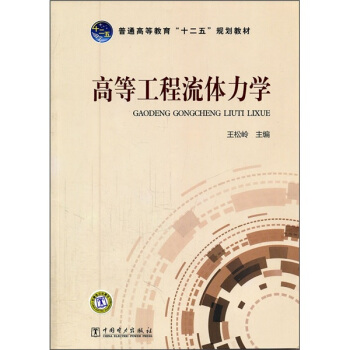
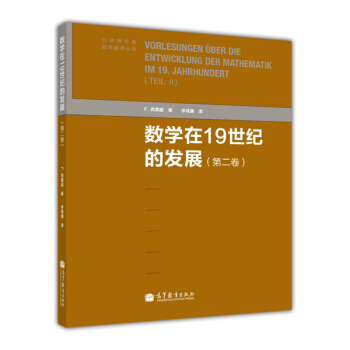

![國外生命科學優秀教材:細胞世界(影印版) [The World of the Cell] pdf epub mobi 電子書 下載](https://pic.tinynews.org/10925709/5398fccfNf31ca4d8.jpg)
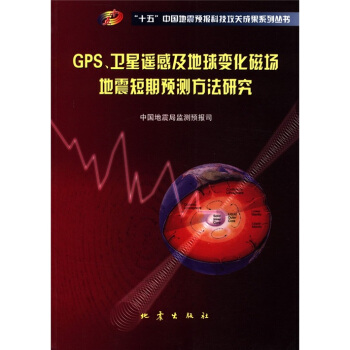
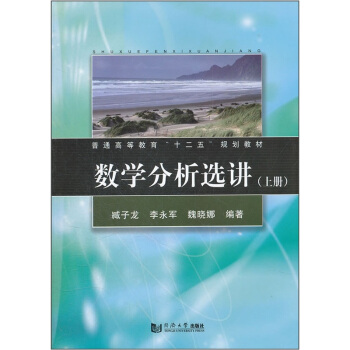
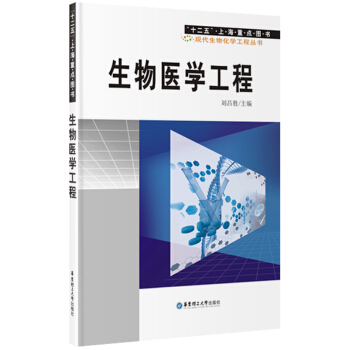
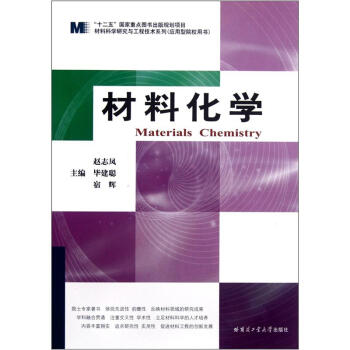

![固態磁性導論 [Magnetism in the Solid State An Introduction] pdf epub mobi 電子書 下載](https://pic.tinynews.org/11142976/rBEHZVDH9-YIAAAAAAe_uh8RmIUAADO5gJh8TUAB7_S314.jpg)
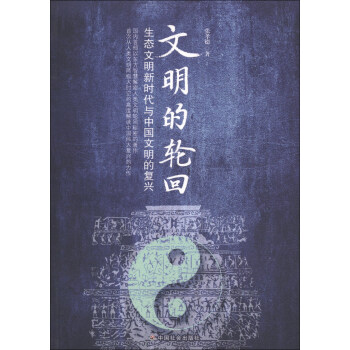
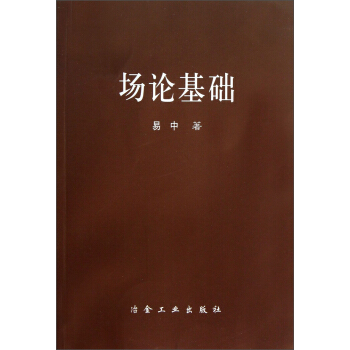

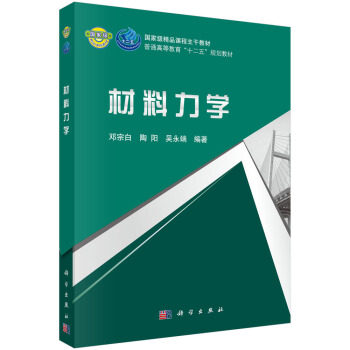

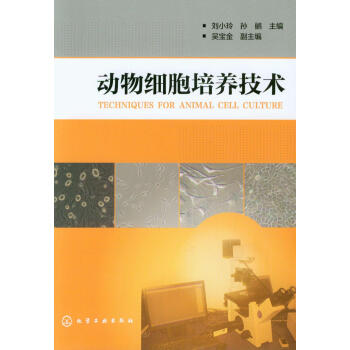
![沉積盆地分析基礎/普通高等教育“十一五”國傢級規劃教材 [Principles of Sedimentary Basin Analysis] pdf epub mobi 電子書 下載](https://pic.tinynews.org/11365290/rBEhWlKiuaAIAAAAAA2BAdiv31gAAGdvwMN2pYADYEZ348.jpg)